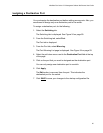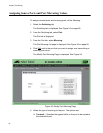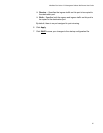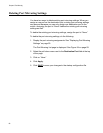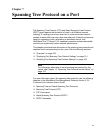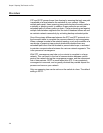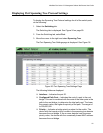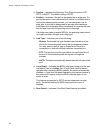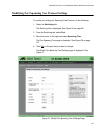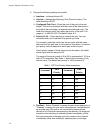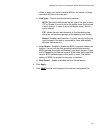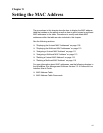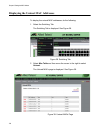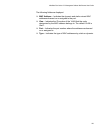Chapter 7: Spanning Tree Protocol on a Port
102
Version— Indicates the Spanning Tree Protocol version: STP,
RSTP, or MSTP. The default setting is RSTP.
Portfast— Indicates if the port is designated as an edge port. If a
port on the switch is not connected to a switch or a network that is
running the spanning tree protocol, you can designate it as an
edge port. A port that is designated as an edge port transitions
from blocking to forwarding state immediately to minimize the time
that the port must wait for spanning tree to converge.
If an edge port starts to receive BPDUs, the spanning tree protocol
no longer considers the port as an edge port.
Link Type— Indicates one of the following:
Shared: The shared link type disables rapid transition of the
port to the forwarding state during the convergence process.
You may want to set link type to shared when the port is
connected to a hub with multiple switches connected to it.
PTP: The point-to-point link type allows for rapid transition of
the port to the forwarding state during the convergence
process.
AUTO: The switch automatically determines the link type of the
port.
Loop Guard— Indicates the BPDU loop-guard feature on the port
is enabled (Yes) or disabled (No). If a port that has this feature
activated stops receiving BPDU packets, the switch automatically
disables it. A port that has been disabled by the feature remains in
that state until it begins to receive BPDU packets again or the
switch is reset.
This feature is supported in RSTP and not supported on edge
ports. The default setting for BPDU loop-guard on a port is
disabled.
Root Guard— Indicates if the Root Guard feature is enabled.




